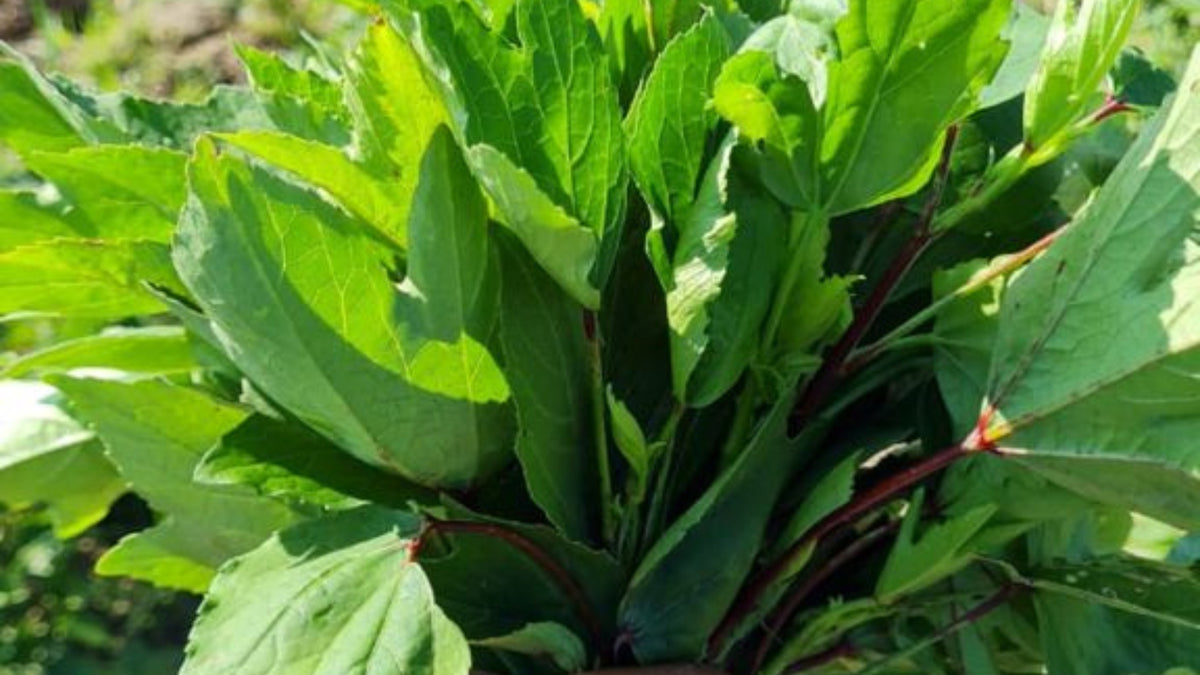
What is Pitta Dosha?

In the ancient vedic literature, there is a Sanskrit verse believed to be between 25,000 and 30,000 years old. The verse states “Yat pinde tat brahmande” and means “whatever is existing in the universe is also present with our bodies.” Within our human bodies is a mini version of the whole universe.
The Sanskrit word pinda means microcosm and brahmanda means macrocosm. Ayurveda is a system of healing that examines each person’s physical constitution, emotional nature, and spiritual outlook in the context of the entire universe.
As we go through life, the proportion of the three doshas constantly changes within us according to diet, lifestyle activities, seasons, climate, age, and many other factors. If we want to be healthy forever, we need to follow the footprint of nature rather than our own path.
Pitta Dosha
In Sanskrit, the word pitta translates as 'fire energy,' which makes sense when you consider that pitta dosha governs digestion, metabolism, and transformation. Pitta dosha maintains body temperature, digestion of food and assimilates nutrients, kindles digestive fire, and produces digestive enzymes and hormones. Here are some of the physiological actions controlled and monitored by pitta dosha:
- Digestion and metabolism
- Maintenance of body temperature
- Ability to see with the eyes
- Skin complexion and color
- Brain functions like cognitive, memory, intelligence
- Hunger and thirst
Pitta dosha is dominated by rajas guna and little portion of sattva guna. Pitta dosha derives from the fire and water elements and has the following qualities:
- Oily (sasneha)
- Hot (ushna)
- Sharp (tikshna)
- Light (laghu)
- Sour odor (visram)
- Mobile (sara)
- Liquid (drava)
When a person indulges in pitta increasing foods and lifestyle, these qualities increase and aggravate pitta dosha. When pitta dosha becomes aggravated, it produces excess digestive juices and enzymes that cause heartburn and acid reflux, skin rashes, acne, and boils, heavy menstrual bleeding and hormonal imbalances, bleeding disorders, inflammation, excess sweating, excess oily skin, difficulty sleeping, and fear.
Herbal supplements to help balance pitta dosha
- Draksha Arishtam
- Shankha Bhasma
- Pravala Bhasma
- Shatavaryadi Ghritam
- Acidact Tablets
- Drakshadi Kwatham
- Tiktakam Kwatham
- Kshirabala Oil
- Eladi Coconut Oil
If you have any questions about Kottakkal products, please contact julie@kottakkal.shop.
Disclaimer: These statements have not been evaluated by the Food and Drug Administration. Kottakkal Ayurveda products and information are not intended for use in the diagnosis, treatment, cure, or prevention of any disease. If you have serious, acute, or chronic health problems, please consult a trained health professional. If you are seeking the advice of a trained Ayurvedic professional, call (800) 215-9934 or email us at contact@kottakkal.shop. We will provide you with information to consult with Ayurvedic professionals. Always check with your doctor before taking herbs when pregnant or nursing.
Also in Healing with Kottakkal Ayurveda

Food is Medicine - Organic Gongura Leaf
Gongura, often referred to as Indian sorrel, is a leafy green vegetable packed with an array of health benefits. This vibrant green is a treasure trove of essential vitamins, minerals, and antioxidants.

Food Is Medicine - Organic Bottle Gourd

Boosting Energy and Rejuvenation with Narasimha Rasayana
Narasimha Rasayanam is an herbal jam formulated with base ingredients of butter, honey, and milk. This time-tested remedy is believed to promote balance within the body's three doshas, vata, pitta, and kapha and supports a range of health concerns. From supporting physical strength and hair health to promoting rejuvenation and cognitive function, Narasimha Rasayanam offers a multifaceted approach to well-being.


Vaidya Vishwanath
Vaidya Vishwanath grew up in Pune, India which is hub of traditional Ayurvedic gurukul teachings, following the principles of Ayurveda as part of his culture. He has dedicated his career over the past 1 ½ decades to the science of Ayurveda.